Changes are Coming to Ontario's Moose Season
By: Dean Taylor
After years of limiting bull tags, countless complaints from hunters, and concerns over the distribution of calf moose tags, the province will finally see a change to its tagging system starting in 2021.
The New Points System
In addressing concerns over the difficulty of acquiring bull tags, the province has decided to switch to a points-based system in future draws. This system is designed to distribute "points" to those who are unsuccessful in the yearly draws, giving them a better chance the following year of acquiring their desired tag. For example, those who applied for the draw this year and were unsuccessful would have two entries in the draw the following year.
These points will also be distributed to all those who:
received a calf tag through a previous draw
applied to “WMU 99Z” because they did not wish to be issued a tag
received a surplus tag
made a tag transfer
Although the system is new as of 2021, the points system will recognize draw applications from as far back as 1993, meaning plenty of hunters will have multiple submissions in 2021’s inaugural draw.
In addition to taking into account past draws, the new system will also allow hunters to accrue points from non-consecutive years, meaning that even those who have not applied to the moose draw in over a decade could still have points accrued that can be used in next year's draw.
Calf Tags
One of the main concerns with past moose management has been the distribution of calf tags as a consolation prize for unsuccessful or non applicants. This means that, in most WMUs in the province, everyone who purchased a moose tag, draw applicant or not, received a calf tag valid for any WMU in the province.
This system is changing as of 2021 with calf tags now being allocated through draw only and will now be designated to specific WMUs, rather than being valid province-wide. This new system will allow the province to have tighter control over where calf moose are taken and better allocate tags in regions where moose populations are thriving.
Changes in Pricing
Pricing is perhaps the area that will receive the most criticism from hunters as we head into the new system with bull tags going up to $200, cow to $150, and calf to $30. These costs are of course only relevant to those who are successful in the draw, shifting the higher costs to successful applicants rather than those who did not receive a tag.
The costs are further put on successful applicants by reducing the price to enter draws, from the current requirement of a $35 moose license down to a $15 application fee.
Although these prices are notably higher for successful applicants, hunters are still able to save money by Party Hunting as the costs of the tags are able to be split among party members. This means that a party of 5 could reduce their tag price down to just $40 by splitting the fee, a number much closer to what moose hunters have gotten used to paying. Higher tag prices for individual applicants may also deter unprepared or less serious hunters from entering the draw, providing more tags for those who are actually going to use them.
Let us know what you think of these changes in the comments below!

